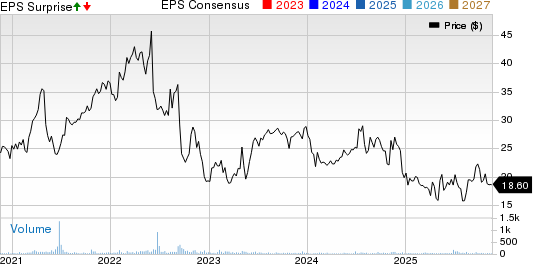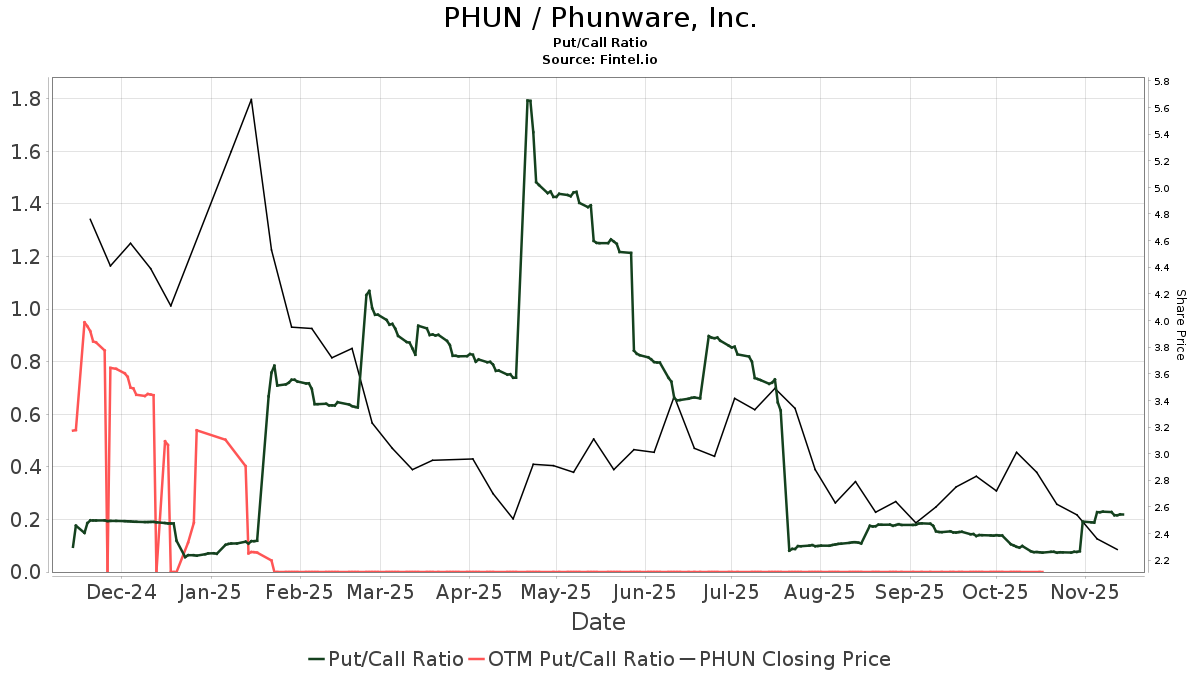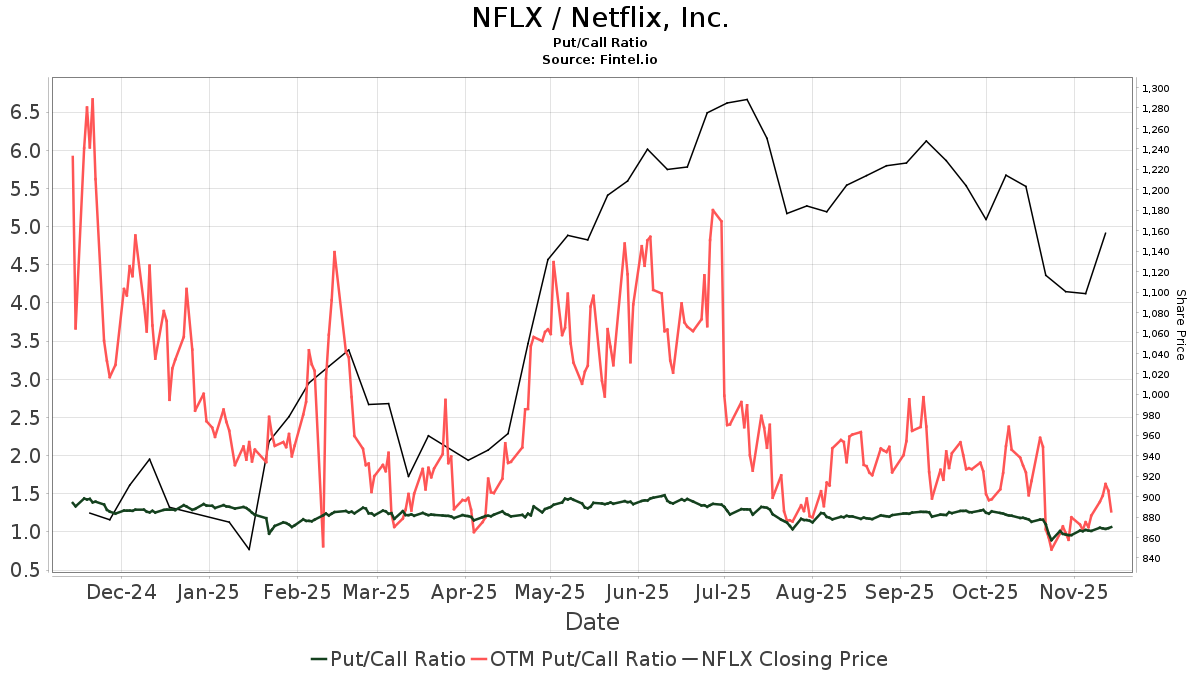It took me quite a bit of time to pin down what I wanted to talk about in this week’s column, and to be completely honest, I’m still not sure as I begin writing that I truly know what shape this will take. I have several things I am watching and several thoughts running through my head as I work to help my growers plot out how they would like to market their crops in the upcoming months.
Every year as the crop starts to get planted, I like to think back through all the growing seasons I have faced so far. I remember the challenges, the changes, the things I didn’t see coming, the mistakes. I think a lot about the mistakes—not because I’m trying to be hard on myself (I can do that without trying) but because I want to make sure I am aware enough to see the signs I may have missed the first time around.
Most of the time, as I’m sure is the case with many of my readers, my biggest mistakes came when I was absolutely *sure* something had to happen. Most times my confidence was underpinned by market sentiment, perhaps reinforced by something written on a balance sheet or that looked statistically likely to take place.
This recognition only enhances my level of worry over market direction as we head into the 2024/25 crop year—I know something is probably going to happen that is likely to catch the entire market off guard, I just don’t know what…
Which brings me to what I want to talk about this week, while there is never a time to talk in definitive terms about the markets, May is especially not the time to talk in definitive terms about the markets.
While I understand it is easy to look at the balance sheets and assume all is well and that prices don’t have to move, there are way too many moving pieces to adequately assess all that can transpire in a week’s time in this market, let alone the many months it takes to watch a market unfold.
I want to be clear, before we dive into all of this, I firmly believe we could get to the end of the marketing year with ending stocks at or higher than the current USDA estimates.
However, to say the current numbers projected are where we land would be statistically inaccurate as over the last decade the USDA has seen an average adjustment of 410 million bushels from the initial WASDE outlook in May to the October WASDE after the release of that crop year’s final quarterly stocks in corn. In soybeans the average adjustment over the last 10 years is 205 million bushels. While for corn the split is even, with the USDA coming in too high five out of ten years, they have come in above final ending stocks for soybeans seven out of the last ten years.
While we may have no idea where we are going to land when the dust settles, what really makes this job fun is all the different ways it could change in the process. With geopolitical tensions, erratic weather patterns, compressed margins, and who knows what else, confidence in any outlook as we move ahead should remain relatively low—at least until we are through the critical stages of crop development across the Northern Hemisphere.
Which brings me to my second point. While we cannot ignore demand at any time in the marketing year, we must be careful not to get too bogged down focusing on something that could quickly change if the market structure were to shift. There have been several instances over my career where we have been surprised by the strength in demand and only one that I can remember vividly (that wasn’t influenced by a drop in production) where demand surprised us by being much lower than expected.
Yes, the lack of new crop business is concerning and something that bears watching. However, it is something that can change incredibly quickly in the face of a production threat or supply lost elsewhere. I would argue the world end user has gotten a little complacent in their coverage in the belief that we have more than enough supply availability to meet their needs. This complacency can be seen in some nearby cash market squeezes where logistics are relatively tapped and buyers are looking to access short-term supply, the soybean meal market being a decent example.
I talked about how sometimes balance sheets and the physical markets don’t line up in my March 10th column, which you can read here. We are seeing a rally in spreads and futures with a convergence between US and Brazilian cash values in soybeans that few predicted just a handful of months ago. While that rally is not supported by growing ending stock projections, slow farmer selling is underpinning basis values, making US beans somewhat competitive for the summer forward once quality is taken into consideration.
In addition, while thoughts a return to Trump’s Chinese trade policies could be detrimental to soybean exports are reasonable and valid, it is important to remember we have not yet recovered our market share lost during the first trade war. We also have never stopped the trade war, with many of the tariffs originally put in place still in effect, with more added by the Biden administration just last week.
The loss in market share to Brazil has been widely discussed for years now, at least a decade that I can remember. While there is nothing we can do to stop Brazil’s growth in agricultural production, the US can continue to position itself as the highest quality, quickest shipper in the world market, with a focus on growth in domestic demand. While this may not solve our balance sheet conundrum this year, it does keep a floor under the market to a certain extent as domestic demand proves less fickle.
With the uncertainty surrounding final production numbers yet in the Southern Hemisphere and a whole growing season in the Northern Hemisphere ahead of us, it is way too early to assume we know what demand will look like as it hinges directly on supply availability and price.
In the end, I am not here to tell anyone definitively where the markets will head as there is no way to know. What I am here to say though is that it is easy to get lost in the market narrative, missing subtle changes to the dynamic. Watching developments in basis values, spreads, volume of grain moved, and user sentiment will prove far more valuable than any kind of balance sheet analysis when it comes to assessing what the market will do next.
Next week we will touch on planting pace, any remaining worry spots, and what it could mean for production in the year ahead. As always, let me know if you have any questions! Have a great week.
On the date of publication, Angie Setzer did not have (either directly or indirectly) positions in any of the securities mentioned in this article. All information and data in this article is solely for informational purposes. For more information please view the Barchart Disclosure Policy here.
The views and opinions expressed herein are the views and opinions of the author and do not necessarily reflect those of Nasdaq, Inc.






